
Over €6.5b of non-oil income injected to NIMA since March
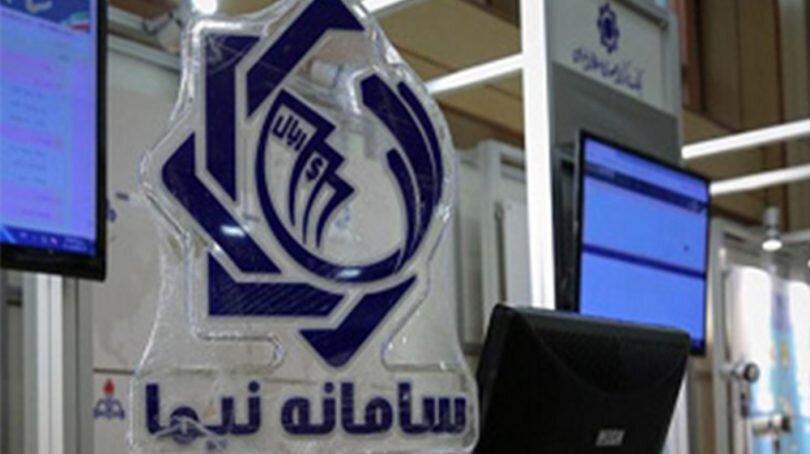
According to the latest data released by Tehran Chamber of Commerce, Industries, Mines and Agriculture (TCCIMA), of the mentioned figure, €6.1 billion has been returned into the market for imports, ISNA reported.
As reported, since July 23, 2018 up to August 11, 2019 a total of €17.780 million has been injected into the NIMA system, of which €15.5 billion has been used for imports.
Iran provides foreign currency for the country’s exporters with significantly low exchange rates and the exporters are obliged to return the equivalent of the supplied fund in the form of foreign currency.
NIMA, which seeks to boost transparency, creates competitiveness among exchange shops and promotes a secure environment for traders, is a new chance for importers to supply their required foreign currency without specific problems and for exporters to re-inject their earned foreign currency to domestic forex market. It was inaugurated to allow exporters of non-oil commodities to sell their foreign currency earnings to importers of consumer products.
In mid-November last year, CBI issued the instructions on return details of the hard currency earned by exporters back to the domestic financial system.
The instructions, aimed to lead the export revenues from the non-oil exports back into the country’s economy through NIMA, mandate all the exporters of goods and services to guarantee bringing back to the country the foreign currency amount allocated to them by the government at lower prices than the free market.
In late May, CBI unveiled a new directive package to provide the country’s exporters with guidelines about how they should re-inject their foreign currency incomes into the country’s economy.
Based on the directive, for the petrochemical sector, the exporters should present at least 60 percent of their foreign currency incomes into the domestic Forex Management Integrated System (locally known as NIMA), and a maximum 10 percent could be injected into the financial system in the form of hard currency and the rest could be used for importing necessary goods.
As for other exporters, at least 50 percent of the total earnings should be presented at the NIMA system and a maximum 20 percent could be distributed in form of hard currency and the rest can be used for imports.
Earlier that month, the CBI Governor Abdolnaser Hemmati had said that “so far the country’s exporters have re-injected 60 percent of their total exports revenues in the form of foreign currency into the country’s financial system.”
According to CBI, last year some $18.7 billion of foreign currency was returned into the country’s financial system by the exporters.


Gold price eases after Trump downplays clash with Fed chair Powell

Copper price hits new record as tariff deadline looms

Brazil producers look to halt pig iron output as US tariff threat crimps demand

Three workers rescued after 60 hours trapped in Canada mine

Gold price could hit $4,000 by year-end, says Fidelity

US targets mine waste to boost local critical minerals supply

Energy Fuels surges to 3-year high as it begins heavy rare earth production

Glencore workers brace for layoffs on looming Mount Isa shutdown

Chile’s 2025 vote puts mining sector’s future on the line

Kinross divests entire 12% stake in Yukon-focused White Gold

Gold price could hit $4,000 by year-end, says Fidelity

Southern Copper expects turmoil from US-China trade war to hit copper

Ramaco Resources secures five year permit for Brook rare earth mine in Wyoming

Column: EU’s pledge for $250 billion of US energy imports is delusional
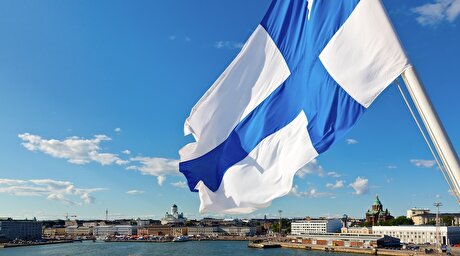
Finland reclaims mining crown as Canada loses ground

Gold price down 1% on strong US economic data
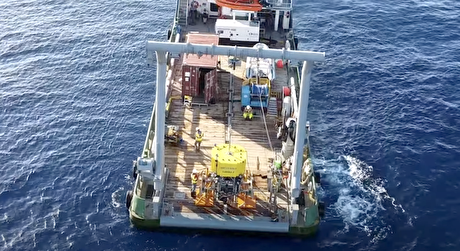
Trump’s deep-sea mining push defies treaties, stirs alarm

Chile’s 2025 vote puts mining sector’s future on the line
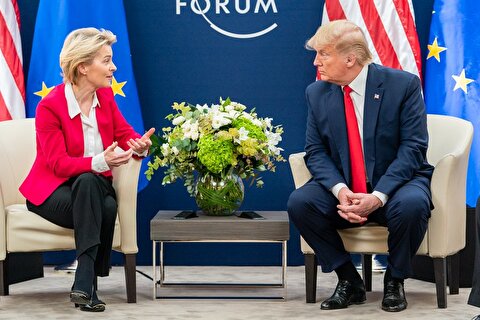
Gold price retreats to near 3-week low on US-EU trade deal

Gold price could hit $4,000 by year-end, says Fidelity

Southern Copper expects turmoil from US-China trade war to hit copper

Ramaco Resources secures five year permit for Brook rare earth mine in Wyoming

Column: EU’s pledge for $250 billion of US energy imports is delusional

Gold price down 1% on strong US economic data

Trump’s deep-sea mining push defies treaties, stirs alarm

Chile’s 2025 vote puts mining sector’s future on the line

Gold price retreats to near 3-week low on US-EU trade deal
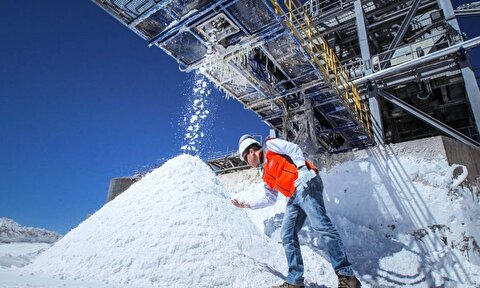
China’s lithium markets gripped by possible supply disruptions














